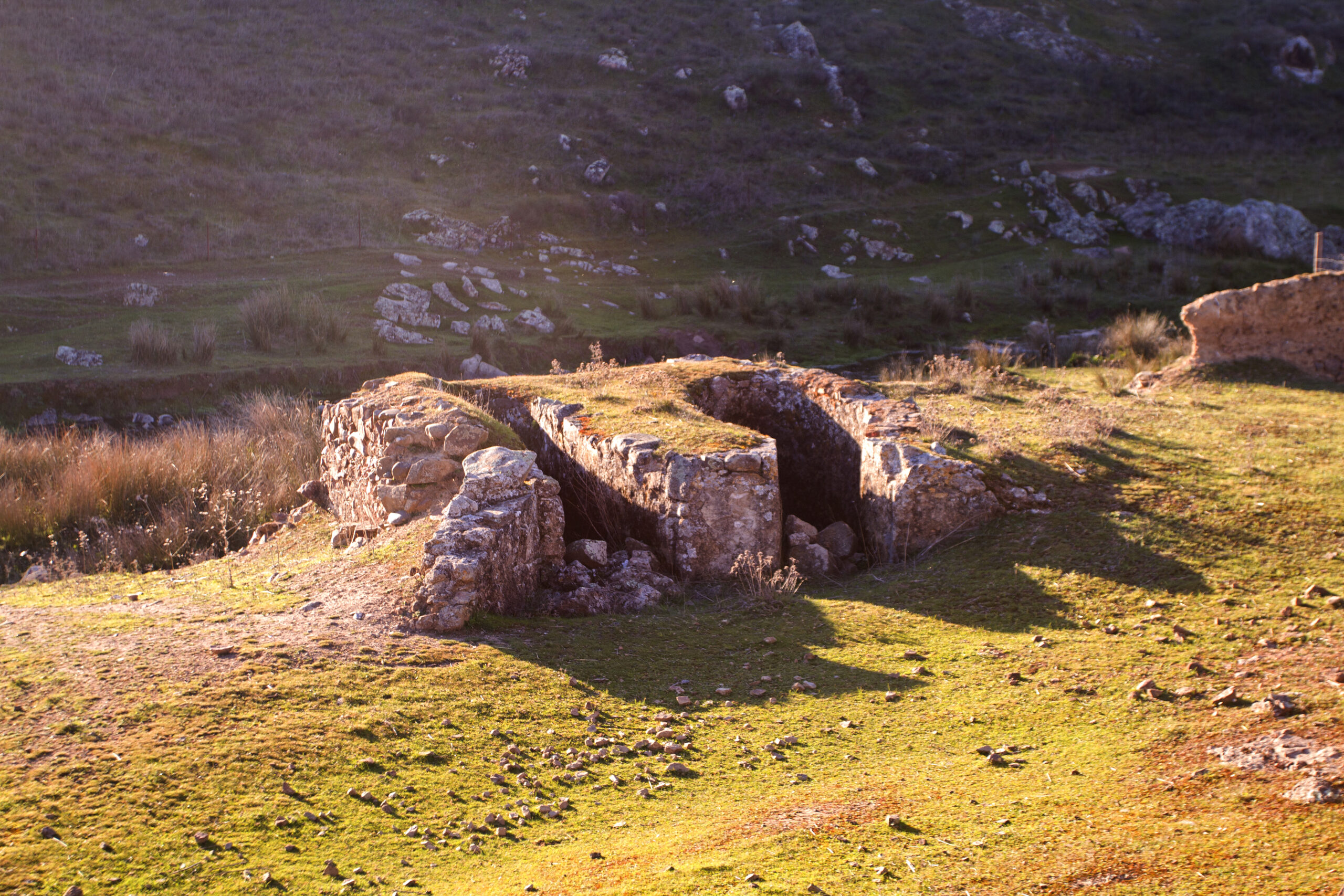Water Mills and Old Flour Factories

Water mills first developed in Roman times with two types: with a horizontal wheel and a vertical wheel. The Muslims left evidence of water mills in the lands they occupied; it may be supposed that the Taifa Kingdom of Badajoz made use of the River Guadiana to obtain flour.
However, it was not until the Modern Age that water mills reached their maximum abundance, which was maintained until the mid-twentieth century, when technological developments made them less important and many were replaced by flour factories with electric machinery.
The Geographic-Statistical Dictionary by Pascual Madoz (1845-1850) states there were a total of 20 water mills in Medina de las Torres. With that information, it can be deduced that the landscape around Medina was dotted with those mills, which used the currents in the water-courses in the area.
These traditional industries in Extremadura should be conserved, made known and appreciated because they represent a large part of our past. They were factors of economic, social and cultural importance throughout history.
In Medina de las Torres you enjoy visiting the old water mills along six routes and see examples of some of those factories that continued the work of the former mills.
